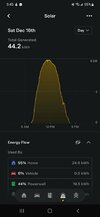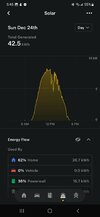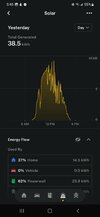sorka
Well-Known Member
What did I say that was false? Most municipalities do require grid connection.
You said "most". It's true that most municipalities require an electric utility connection but they don't actually state it has to be the electric utility of your local power company rather than your own generating facility.
Last edited:





